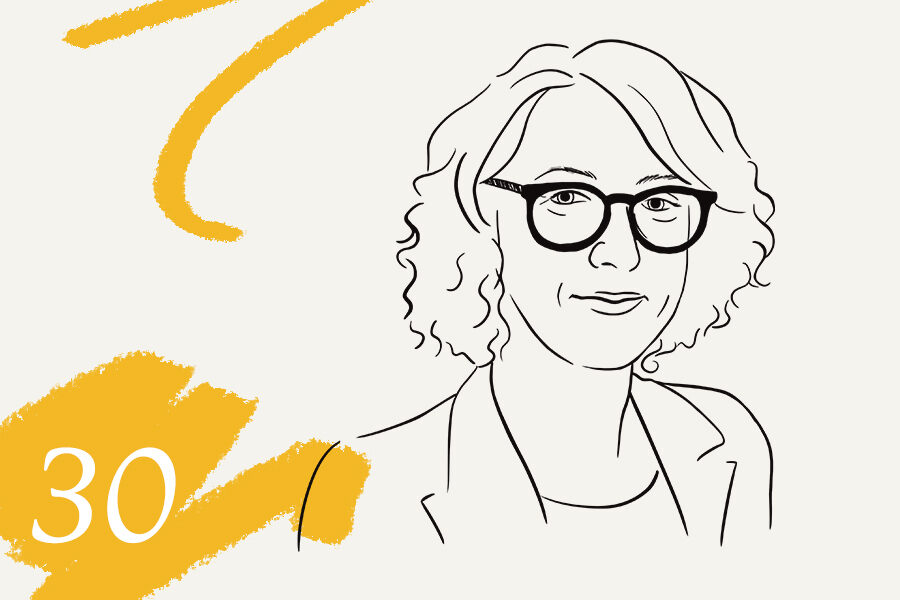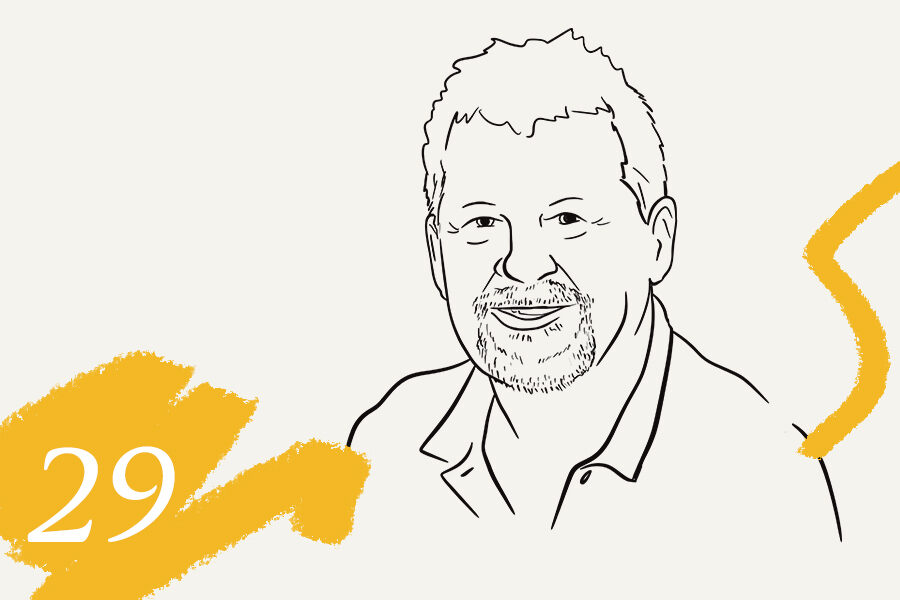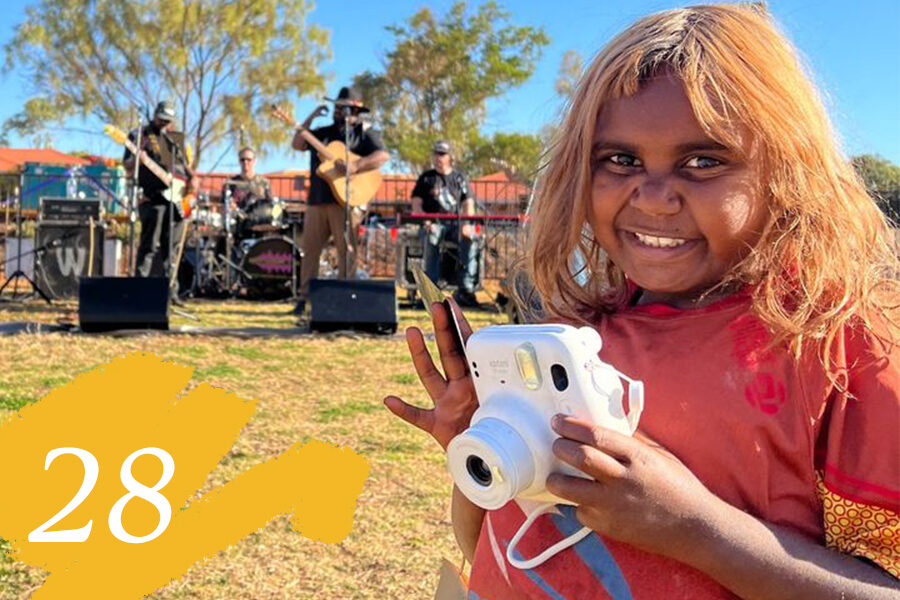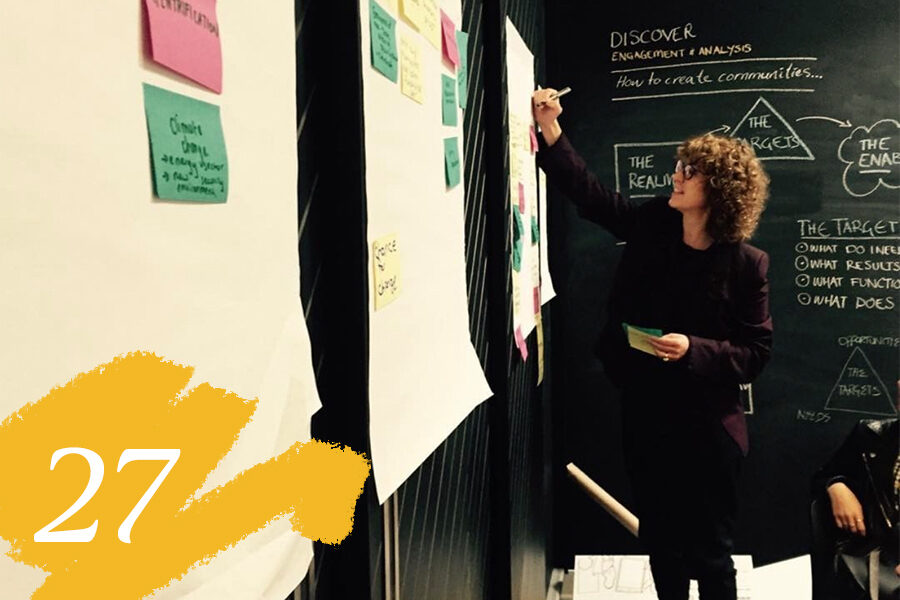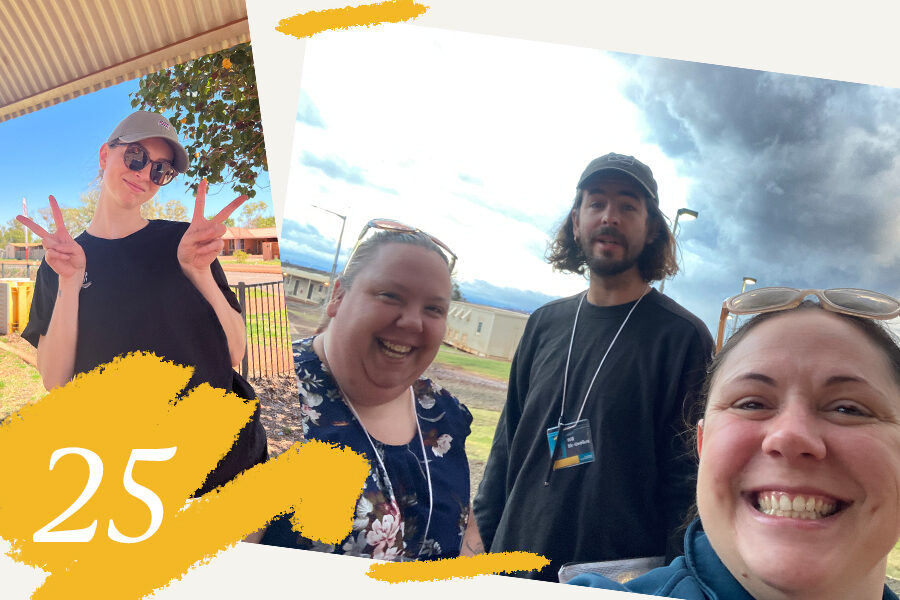During strategic planning in 2009, Creating Communities identified transience as an emerging trend that would increasingly impact communities in the coming decades.
Transience is nothing new, people from all societies and cultures have been coming and going to places for thousands of years.
But in 2009, Creating Communities managing director Donna Shepherd said the team noticed a shift.
“Movements of people due to disasters, war and migrant workforces were increasing,,” she said.
“We looked at what this meant to the communities where we work. Homelessness and refugee numbers were increasing, people were changing homes more often and Fly In-Fly out workforces were on the rise.
“We set about reflecting these dimensions of transience across our projects and also decided to look at how we could contribute to improving FIFO outcomes.”
The resource industry is the backbone of Western Australia’s economy, worth billions. It drives revenue, funds communities, expenditure and supports the West Aussie dream lifestyle.
Western Australia’s mining boom started just a year later and at its peak in 2012, more than 276,000 people worked FIFO in the State’s resource sector. Now more than 60,000 people working in WA’s resources sector are Fly In-Fly Out.
In the last two decades, Creating Communities has collated what we believe to be the world’s largest repository of FIFO data and research though our work with companies and through our own research. This catalogue of research has allowed us to develop and deliver strategies focusing on three key elements; transforming camps into villages, integrating FIFO into communities and Social Impact Assessments.
From writing the Fly In Fly Out, a Matter of Choice report on behalf of the Chamber of Minerals and Energy and their member companies BHP; Rio Tinto; Woodside: Chevron and FMG, to working with resource companies to transform residential camps for workers to more contemporary village communities for residents, our work in the sector has been varied and comprehensive.
The need to support FIFO workers and their families’ mental health and wellbeing has been widely documented. FIFO villages now look a lot different to the early days., Since 2009 we have worked with our clients to improve quality of life in transient worker accommodation across in Western Australia and South Australia.
We have forged the trend of bridging the gap between family home life and the village home life to create a sense of community, rather than the traditional workers camp.

“For someone who works in FIFO, half their life is spent on site,” Creating Communities Director Andrew Watt said.
“Having worked with mining companies since the boom, we have developed strategies to transform camps into village communities.”

Creating Communities Founding Director Allan Tranter said FIFO is a necessary and vital choice for people working in the resources industry.
“Transient work is an attractive option that many Western Australians make and we have found that it can work well for individuals, couples and families if they have a plan in how they will manage the experience and have good support structures in place,” he said.
“Our research allows people to come up with the strategy to ensure people can have rich and full lives, regardless of their work choice.”
